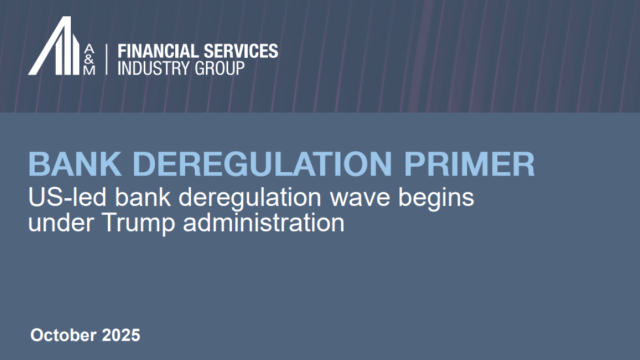September 15, 2016
The Excess Capital Hypothesis and the Experience of Spanish Banks from 1999 to 2016
This issue of A&M Readings in Quantitative Risk Management examines the Excess Capital Hypothesis (ECH), an explanation of the cyclical pattern of loan losses experienced by U.S. commercial banks and the related credit expansion and contraction.
The paper tests five predictions of the ECH against the dynamics of Spanish loan markets in the 2000s.

Readings in Quantitative Risk Management
The Excess Capital Hypothesis and the Experience of Spanish Banks from 1999 to 2016
Read the full report
Related articles:




